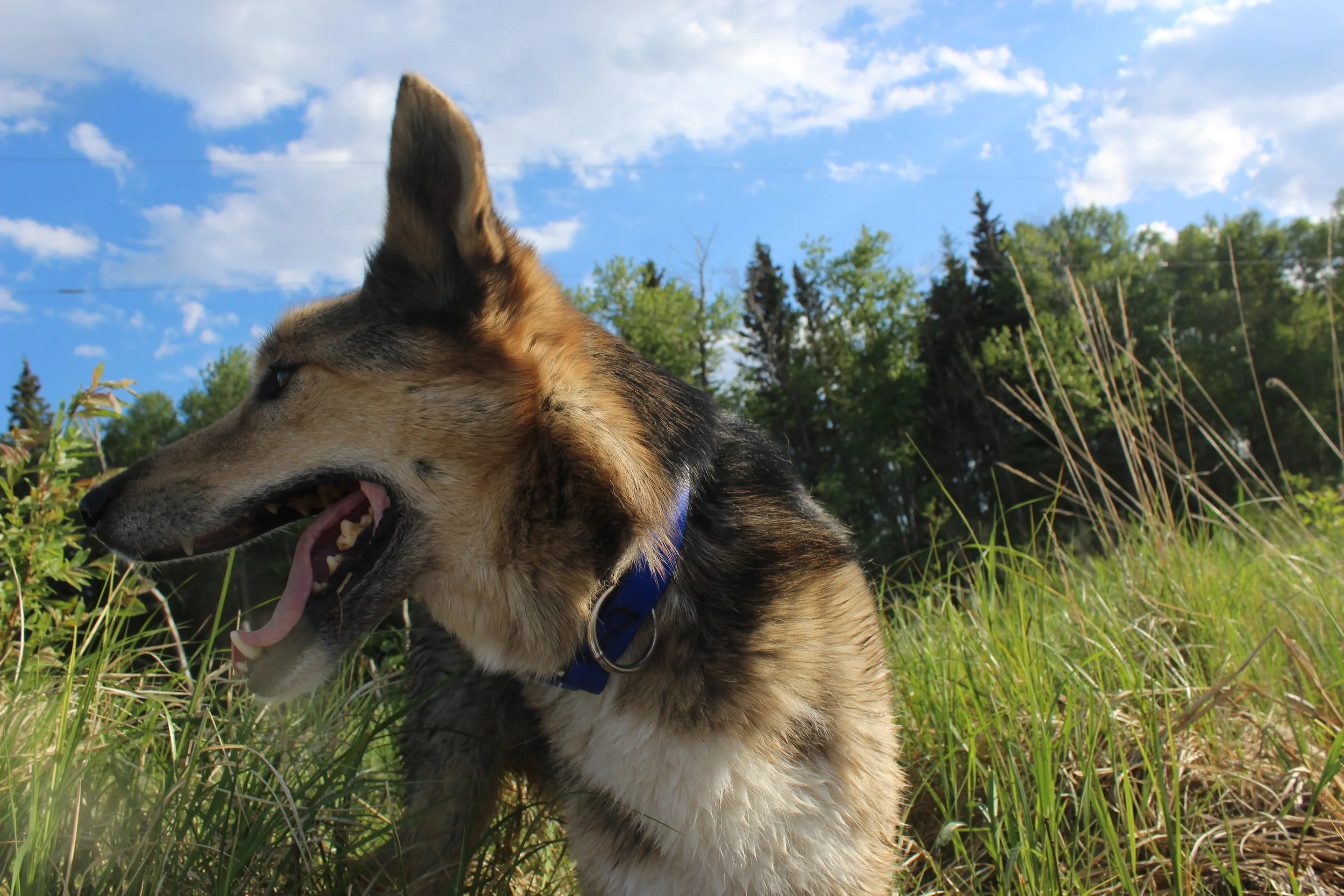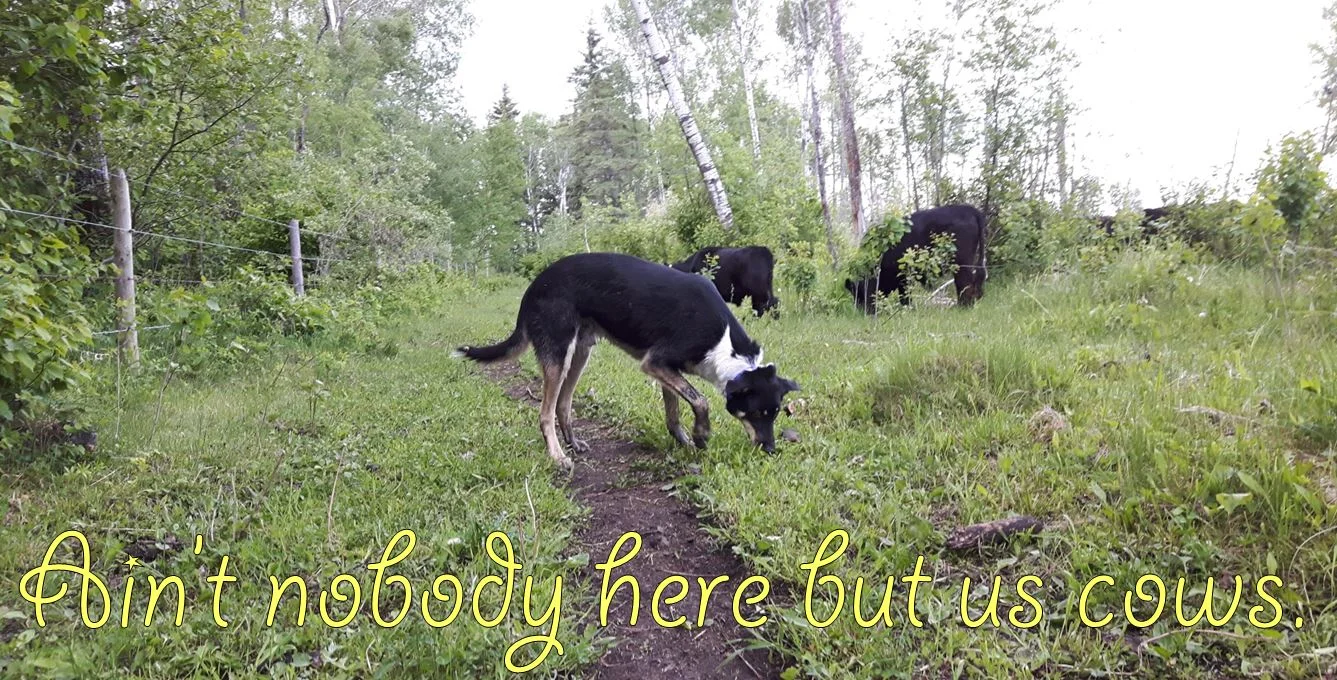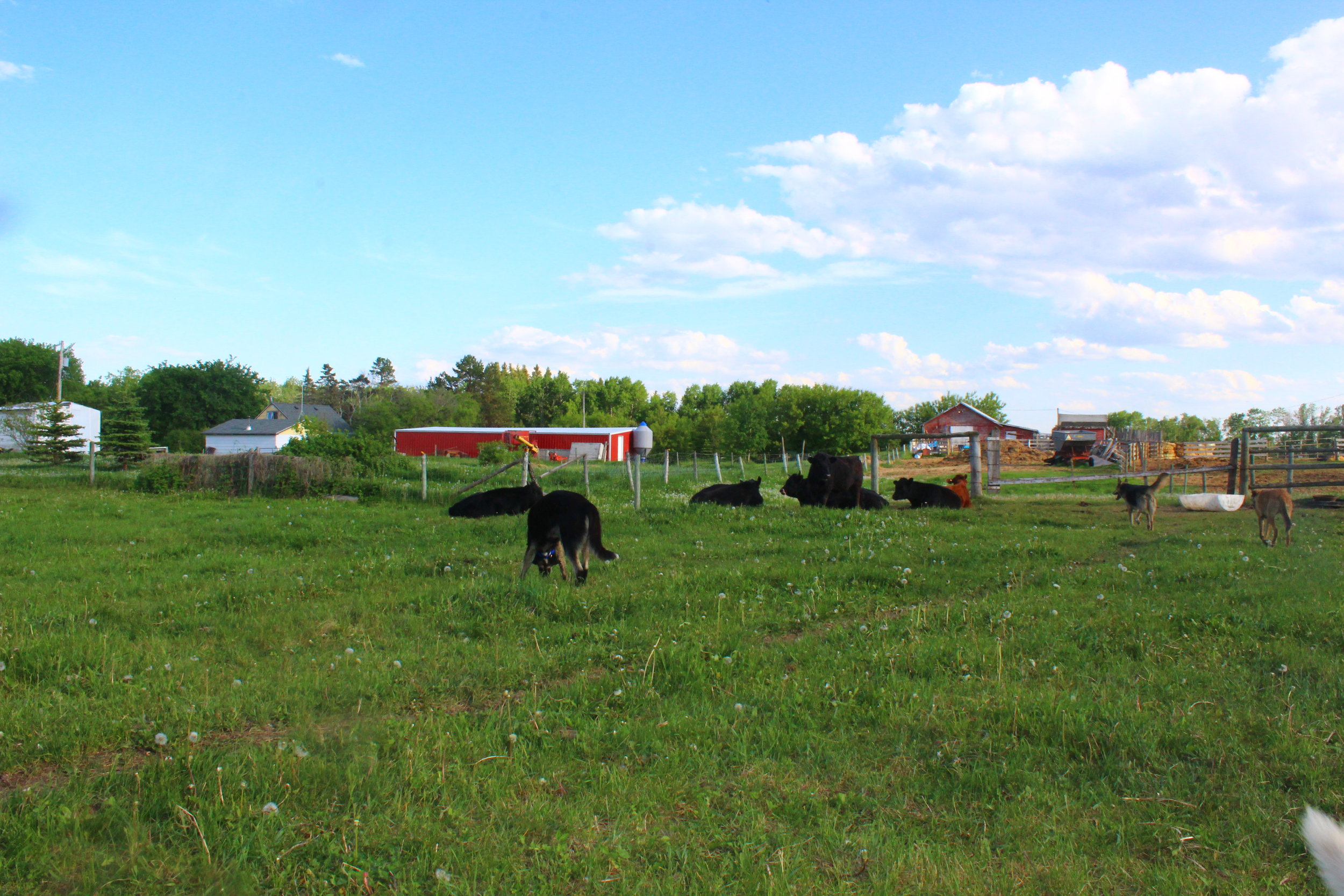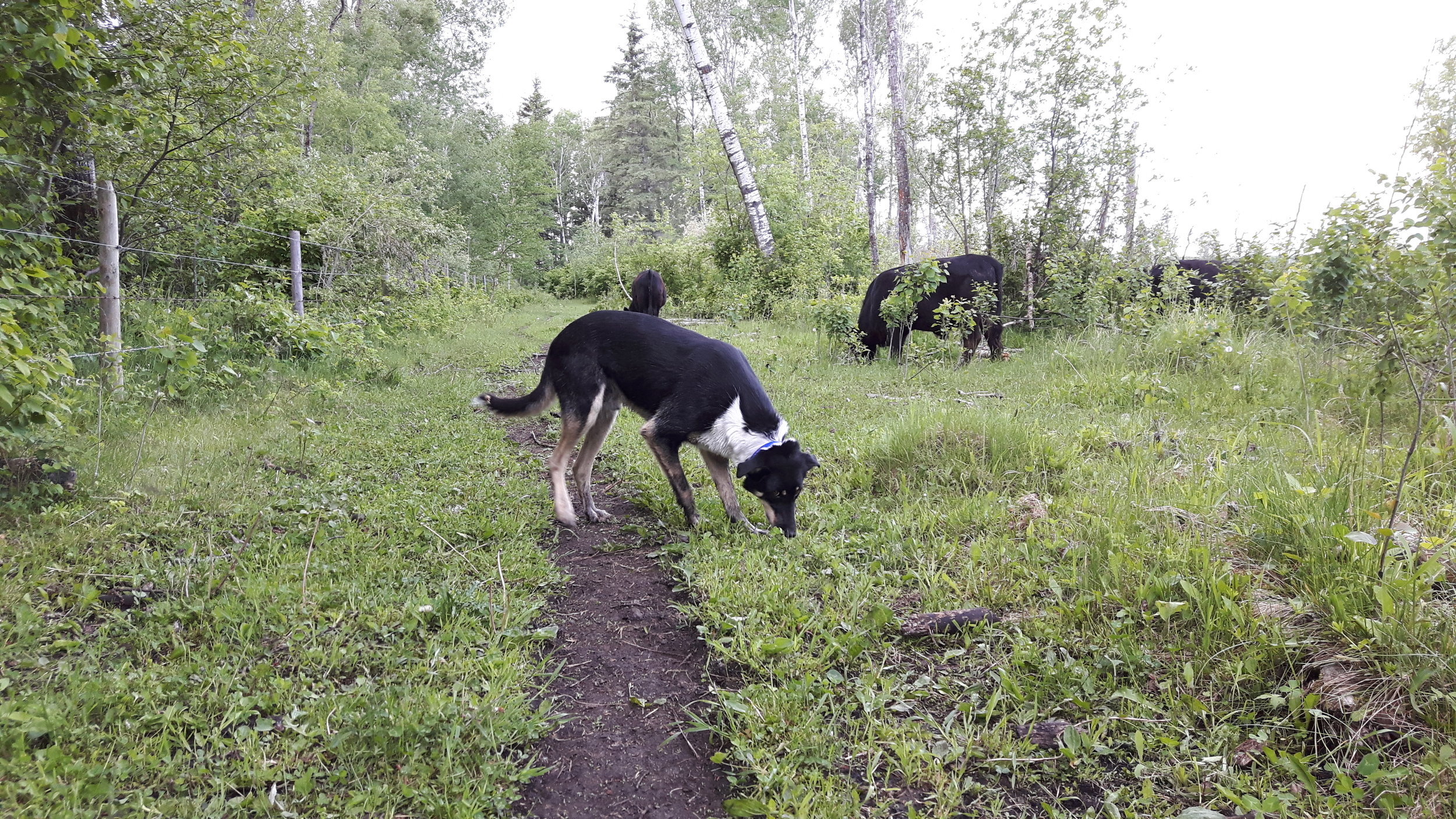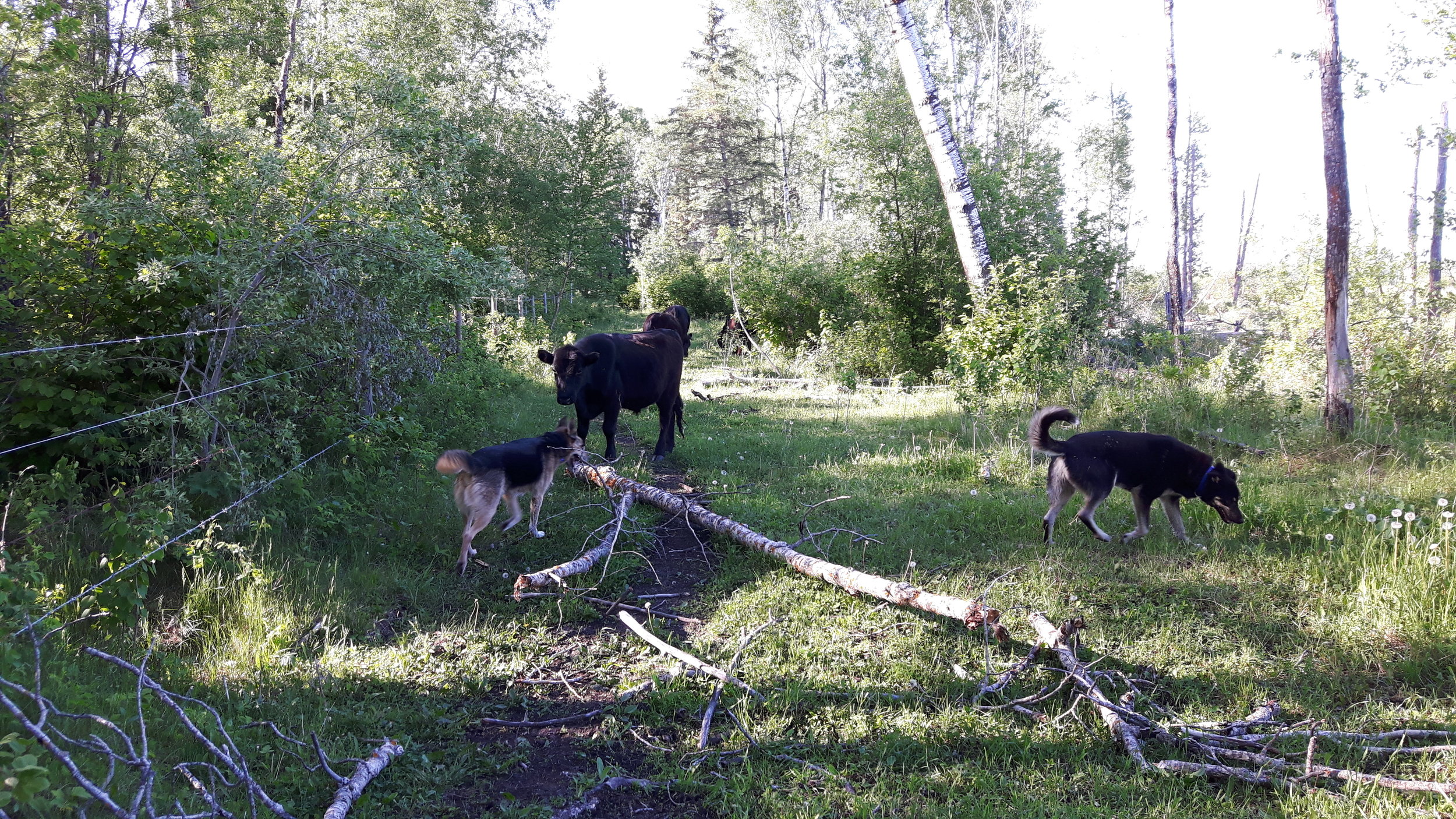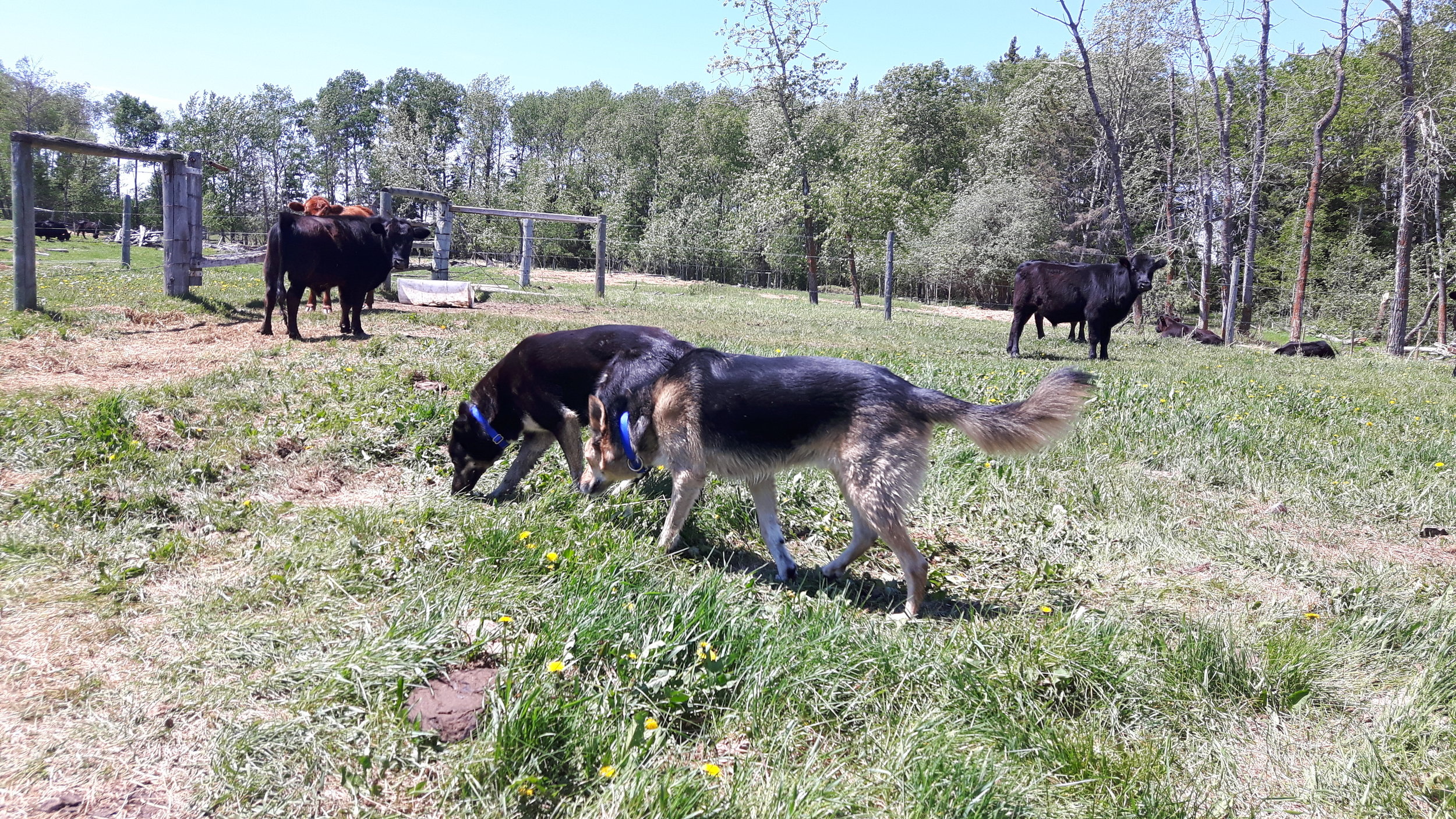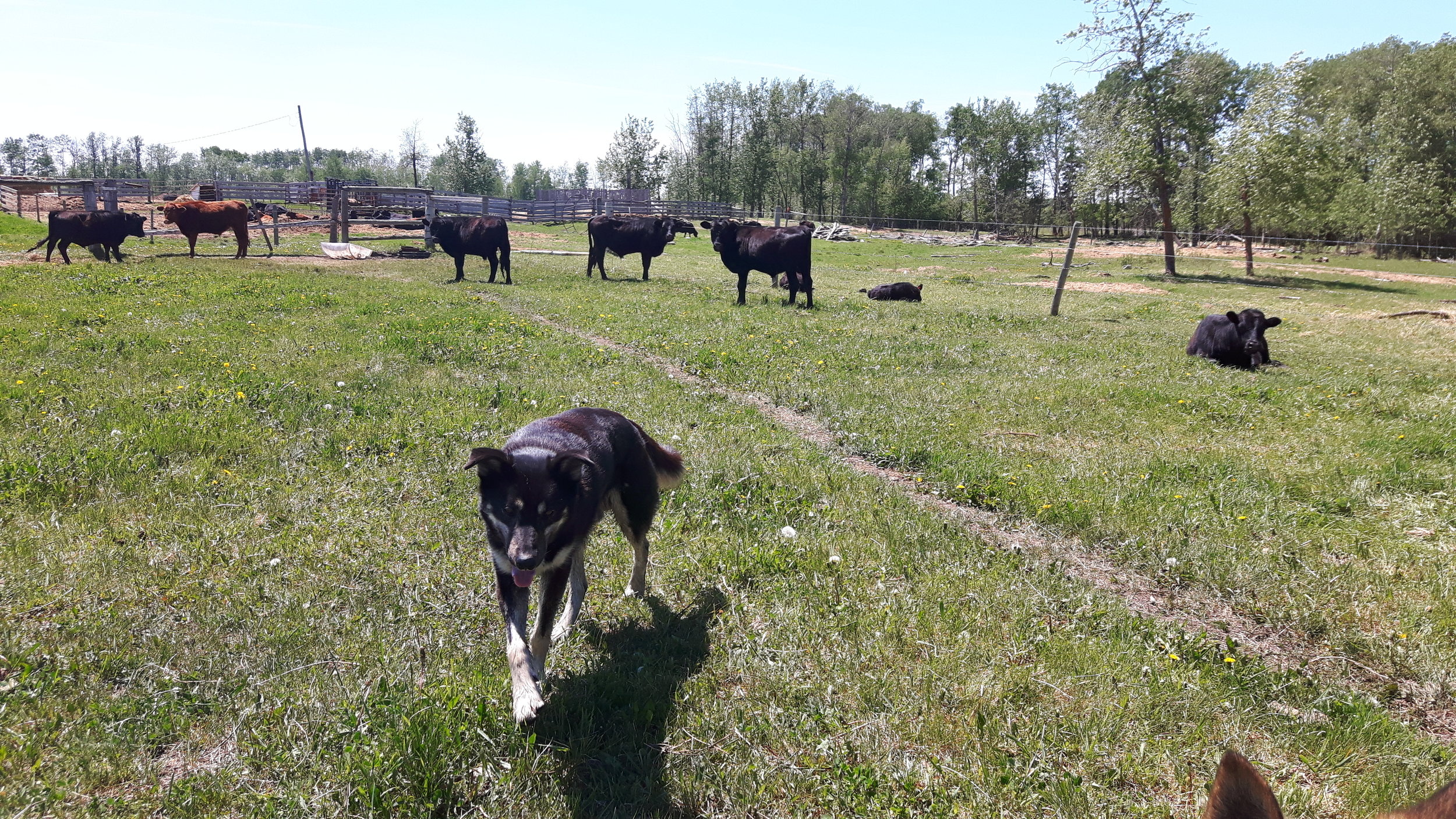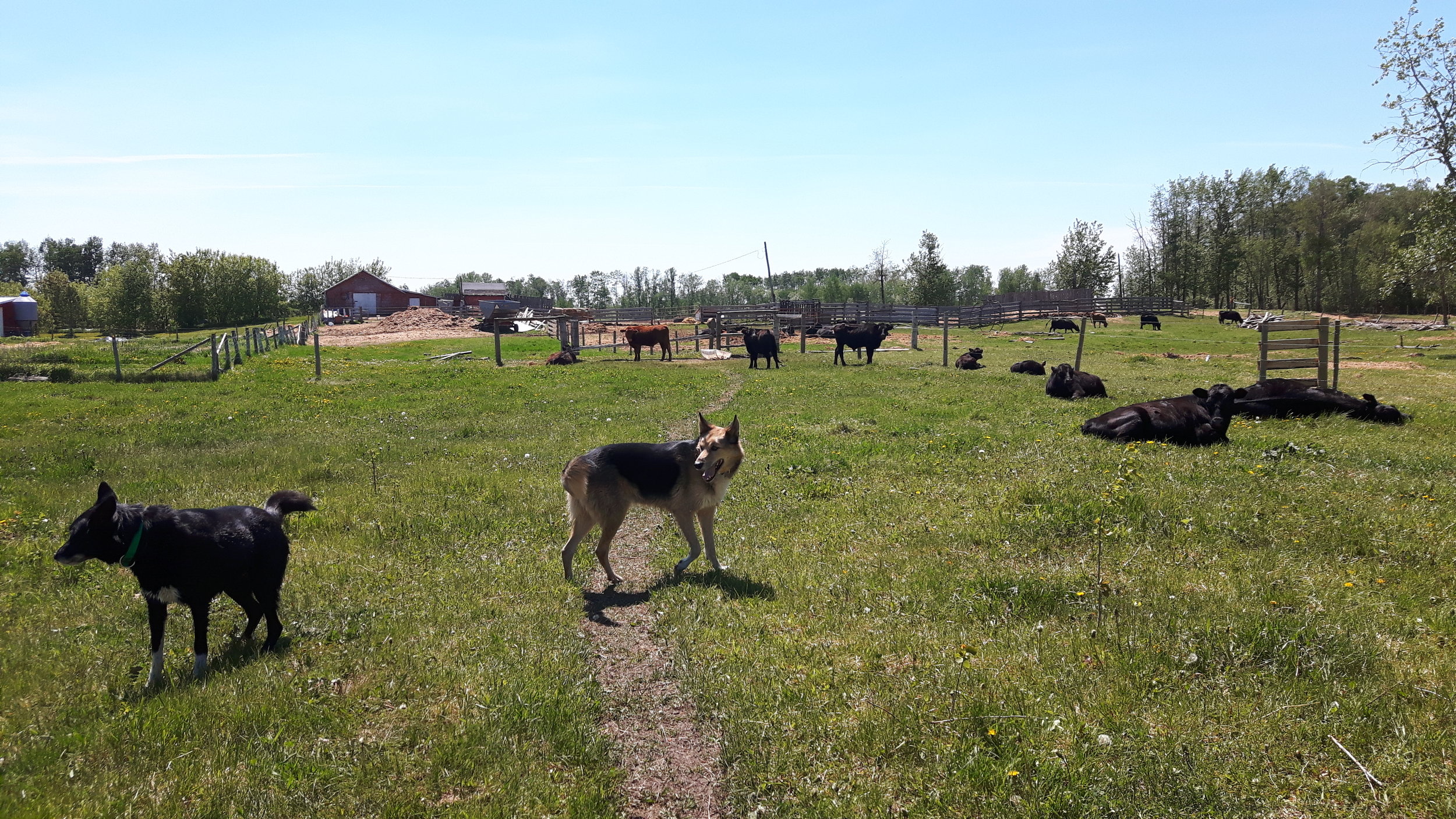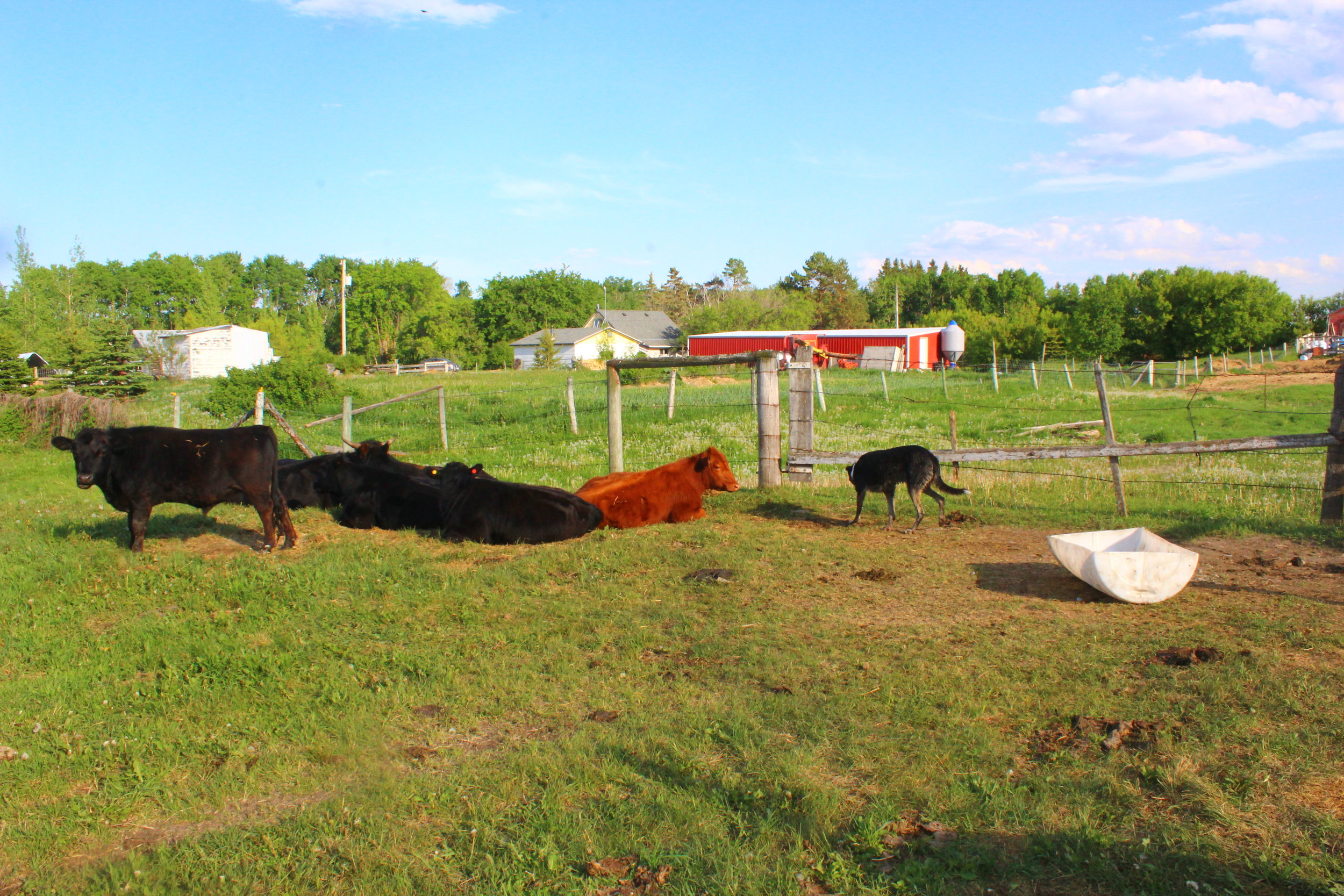Have you ever heard of the phrase cognitive dissonance? It’s a bit of a tricky concept, but worthwhile to dive into, because it has important ramifications for our dogs’ welfare. Cognitive dissonance is part of what is happening when someone goes out of their way to convince themselves that they are right, even when it is remarkably clear to most everyone else that they are absolutely wrong.
Ever hear phrases like “smoking is actually good for me!”? Yeah. That.
Here’s the thing though: it is something that we all do. All of us, including me and you. In fact, it's just part of being a normal human. I think an example is the best way to to explain.
Say you and I both live in houses made of banana peels. My parents and grandparents all lived in banana peel houses, as did yours. It's just what people do. But one day you show me an article from the House Building Safety Department saying that banana peel houses are actually bad. They rot and become toxic, kids and adults alike can slip on them and fall, they smell bad, and they look terrible. They are a huge waste of any family’s money. The article is well-researched and has tables and charts, financial projections, injury statistics, you name it. Banana peel houses are bad news. We both look at the references to the article and spend time at the library, alarmed. Over and over and over we read the same bland messaging. Banana peel houses are not good.
So. We are both typical humans. What do we do? Do we pick up the phone to call in a bulldozer to raze our current homes, and line up a construction crew to build something safer? I mean, that would be the most rational move. Like anyone else, we want to protect our families and ourselves.
But alas. Alack. Do we pick the rational course, here? Nope.
Instead (and this is very predictable, I’m afraid) we head over to our social media accounts. “HAVE YOU HEARD ABOUT THIS TERRIBLE AND WRONG ARTICLE?” we scream in all-caps. Our friends and family members all join in from their own banana peel houses. “Conspiracy! Big Timber is trying to slay the banana peel house building industry! It’s our tradition! How dare they!” We search for, and find, a lot of websites supporting the value of banana peel houses. Sure, these websites might look a bit funky and be pretty light on actual references or facts, but who cares? As soon as we get a few people on board with our tirade, we immediately feel better. We feel so much better, in fact, that both of us head to the banana plantation. We get a new truckload of banana peels and plan to build new additions on our houses. And we pay for five-year memberships in the Banana Peel House 4-Evah Association.
This “rallying the troops” behaviour is remarkably predictable. And I hope you’ll agree: predictably silly.
So, if this doesn’t make any sense at all, why do we do it? Aren’t we supposed to be rational? The answer lays in a funny quirk of our human brains, and here’s where the cognitive dissonance thing comes in.
Our brains really dislike having conflicting bits of information: this is what “dissonance” means. When we take in new information that conflicts with previously-known stuff, our brains have a choice. Go with the new info? Or stick with the old? Usually, our brains stick with old, and the reason is mental and physical self-preservation. And generally, this process works just fine! It keeps us healthy and sane. But it doesn’t always work, and it can make us make some real doozy mistakes. In the case of the banana peel house situation, our brains sort of run a computer program, that looks like this:
Good people protect their families by building good houses.
Banana Peel houses are good houses.
I am a good person.
THEREFORE I build banana peel houses.
So a new bit of information comes up: hey, brain! This article says banana peel houses are unsafe and unsanitary. What’s a brain to do? It will run this program to test it out:
Good people protect their families by building good houses.
Banana peel houses are bad houses.
I build banana peel houses.
THEREFORE I am a bad person.
And you can guess what happens next. The brain says well either the statement banana peel houses are bad is wrong, or the statement I am a good person is wrong. They can’t both be right. So...out the window goes the new information. We are not bad people. We want to protect ourselves and our families, and our investment in our houses, and our friends and neighbours who come to visit, and heck even the kid down the street who bikes to school and might slip on a banana peel. It’s clear that we are not bad people. So in order to maintain a cognitive peace, our brains filter out information that doesn’t fit—and this happens without conscious input, so we can’t simply resolve to stop thinking this way.
Back to dogs and their welfare. This process happens all the time with new information about dogs. Here are a few examples from my own learning curve about dog behaviour:
Good people treat their dogs well.
Separating dog fights by yelling, manhandling, and grabbing collars is the safest, fastest, and most humane way to do it.
I am a good person.
Good people treat their dogs well.
Choke chains are safe and effective, and the only way to prevent a dog from pulling.
I am a good person.
But guess what? That’s not the best way to separate a fight. And choke chains are simply not the best way to prevent pulling. In actuality, manhandling and choke chains both harm dogs. So my brain, when I originally heard contrary information, said “well Kristi is a good person who doesn’t harm dogs. So that new information must be wrong. The only other option is that Kristi has harmed the dogs in her life, and good heavens, well, that’s just too much to bear. Lock that thought away forever.”
So my brain protected my self-regard and my memory of how I treated my dogs. But in doing so, it wasn’t really all that helpful for the welfare of the dogs currently in my life, even though it felt like it was. Now don’t get me wrong, this process is always running in the background making good decisions, too. A lot of the information I read about dogs is truly and worrisomely wrong, and harmful. So a quick comparison against my existing knowledge base allows me to filter out a lot of junk, too. But when the information came from a good, trusted, welfare-oriented and science-based source, and just happened to conflict with my old ideas? That’s the problem.
So here is my request. Let’s all take a page from the self-help movement, and practise forgiveness: forgiveness of our past selves. The next time you feel your back coming up and hear yourself saying “but, but, but”, take a step back. Or the next time you hear that something you are doing with your dogs might be harmful, take a step back. Or the next time you hear that there is simply just a better way, take a step back. Absorb the information, and question it, and if it conflicts with what you’ve been doing in the past but otherwise is legitimate and sound, try forgiving yourself as the way forward. That’s right: forgive yesterday’s you. You are a good person, you were a good person; you are, and were, operating with the best information at your fingertips. You loved your dog and your dog loved you. Doing things better now doesn’t make the you from yesterday a bad person: it just makes current you a better person. Say a heartfelt apology to both your dog and yourself and move on. Get that new and gentle no-pull harness, head to an all-positive dog class, and heck, snuggle with your dog on the couch if you want to. Put those banana peels into the idea compost where they belong.
Photo: Ioman | © Dreamstime Stock Photos & Stock Free Images
























